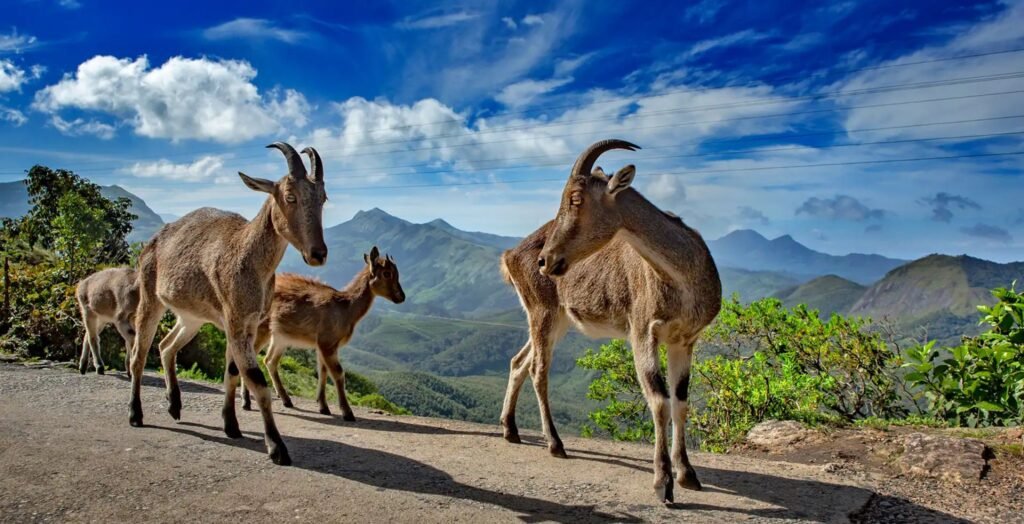Eravikulam National Park, situated in the tranquil Western Ghats of Kerala, is a pristine sanctuary that offers an unparalleled experience for nature lovers and wildlife enthusiasts. This national park, renowned for its rolling grasslands, rich biodiversity, and stunning landscapes, is a testament to India’s wilderness’s beauty and ecological significance.
Whether trekking through its mist-covered hills or catching a glimpse of the rare Nilgiri Tahr, Eravikulam National Park promises an unforgettable adventure.
Located in the Idukki district, Eravikulam National Park spans approximately 97 square kilometers. The park was established in 1978 primarily to protect the Nilgiri Tahr, an endangered mountain goat endemic to the region. Over the years, it has evolved into a crucial Eravikulam National Park conserves area and a UNESCO World Heritage Site, celebrated for its rich biodiversity and efforts to preserve its unique ecosystem.
The park’s landscape is characterized by undulating hills, shola forests, and lush valleys, making it a paradise for wildlife and nature enthusiasts.
Biodiversity of Eravikulam National Park
Nilgiri Tahr: The Star Attraction
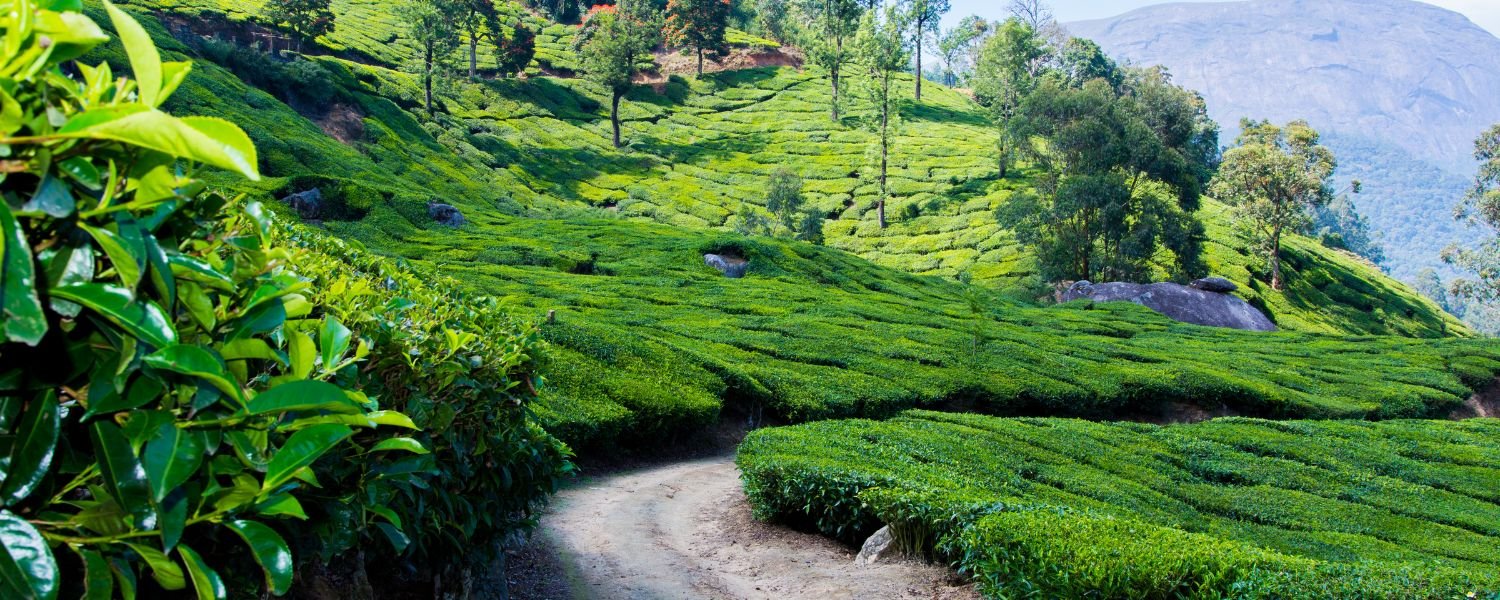
The Nilgiri Tahr is the crown jewel of Eravikulam National Park Munnar. With its short, curved horns and robust body, this agile mountain goat is perfectly adapted to the steep, grassy slopes of the Western Ghats. Once on the brink of extinction, the Nilgiri Tahr’s population has significantly increased due to rigorous conservation efforts. Visitors to the park often have the rare opportunity to view these incredible creatures in their natural environment, grazing peacefully or climbing the rugged terrain with remarkable ease.
Flora and Fauna: A Diverse Ecosystem

Eravikulam National Park is home to an incredible variety of flora and fauna, several species that are unique to the Western Ghats. The park’s flora includes an array of grasses, shrubs, and trees, with the Neelakurinji flower being one of its most celebrated plants. This flower is known for its unique blooming cycle, which occurs once every 12 years, turning the park’s hills into a breathtaking expanse of blue.
The park’s diverse fauna includes species like the Indian Muntjac and sambar Deer and various species of small mammals and rodents. Moreover, birdwatchers will be delighted by the park’s avian population, which includes over 120 species of birds, such as the Black-and-orange Flycatcher, Nilgiri Pipit, and Kerala Laughingthrush. These creatures and countless others thrive in the park’s carefully preserved habitats, making Eravikulam a vital haven for wildlife.
Exploring the Park: Activities and Trails
Rajamalai: The Accessible Wilderness
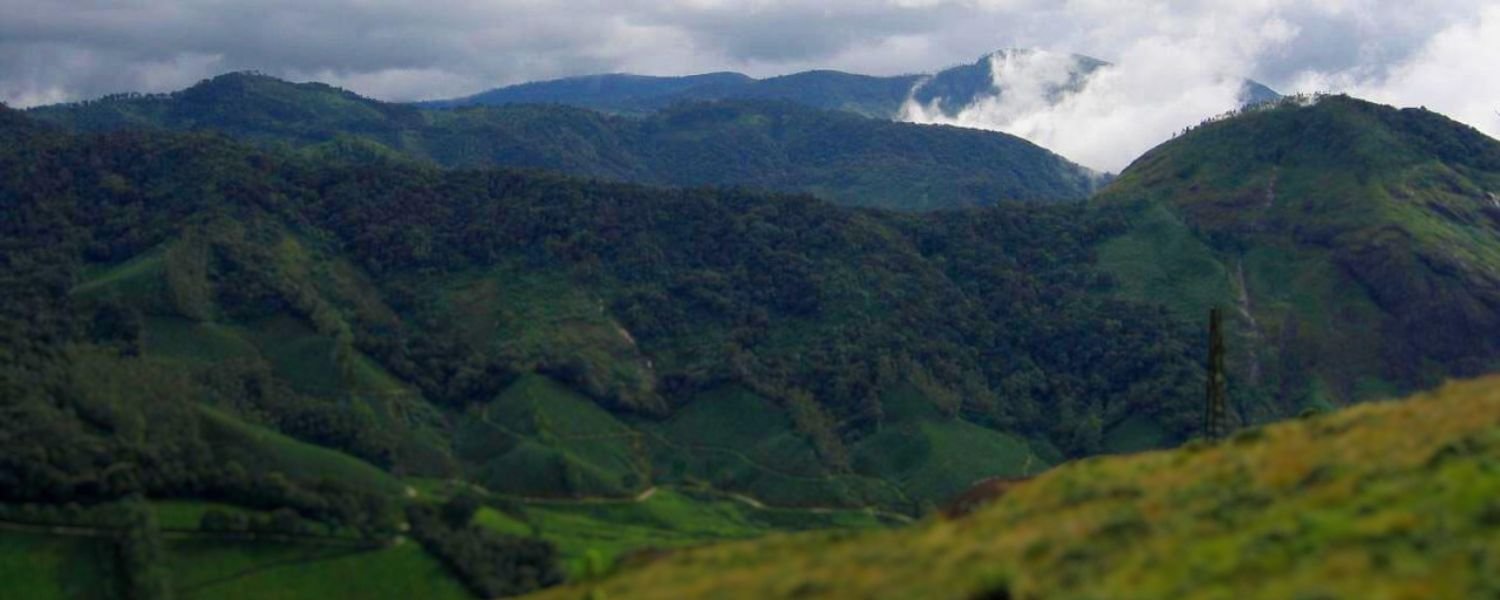
Rajamalai, located within Eravikulam National Park, is one of the prominent heritage sites in Kerala and the most accessible part of the park, serving as the primary area open to visitors. This region offers well-maintained trails that wind through the grasslands and provide stunning panoramic views of the surrounding hills.
Rajamalai is also the best spot to observe the Nilgiri Tahr, especially during the early morning and late afternoon hours when they are most active. The experience of watching these animals against the backdrop of the rolling hills in this heritage site in Kerala is truly awe-inspiring.
Trekking Adventures: Anamudi Peak and Beyond
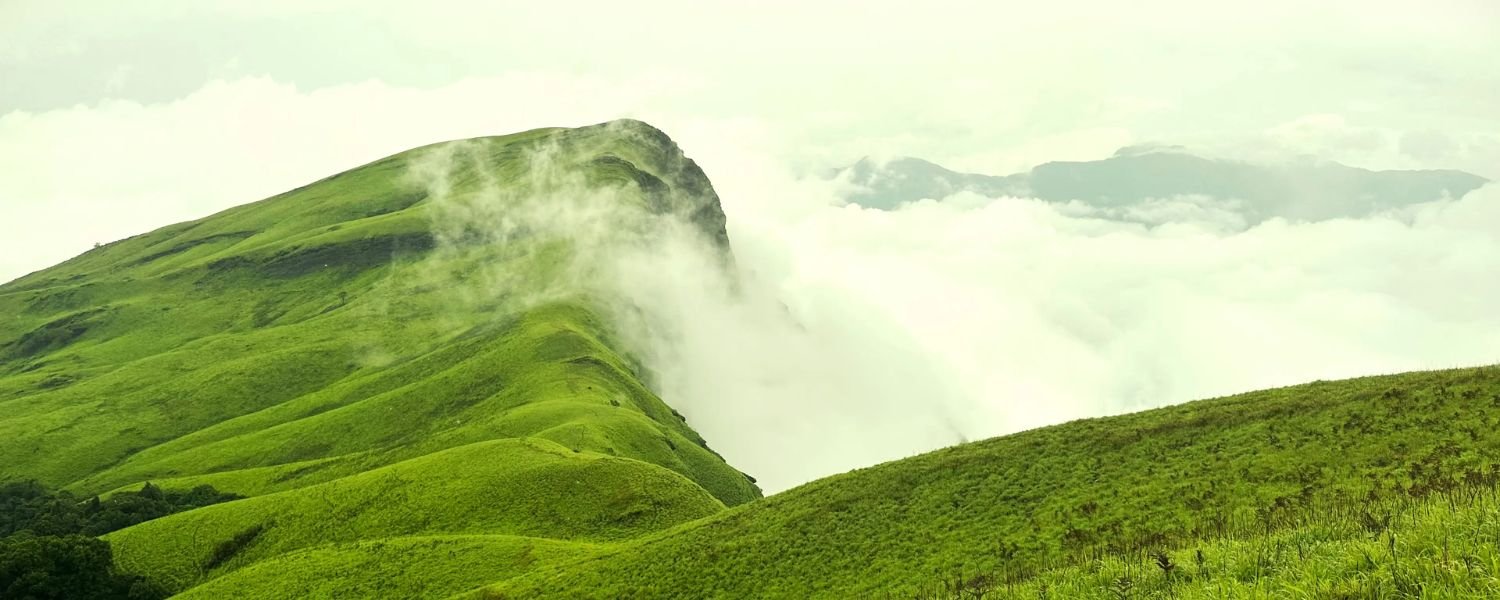
For those seeking adventure, Eravikulam National Park offers several trekking routes catering to different fitness levels and experiences. The most notable trek is the one leading to Anamudi Peak, south India’s highest point, standing at an impressive 2,695 meters.
Although challenging, this trek rewards hikers with unparalleled views of the park and the Western Ghats. The journey through mist-laden paths and dense shola forests to the peak blends physical exertion with the serene beauty of nature.
Another popular trek is the Lakkom Waterfalls Trail. This relatively easier trek takes you through verdant forests to a beautiful waterfall, where the sight and sound of cascading water provide a refreshing contrast to the wilderness’s silence. Both treks offer an immersive experience of the park’s diverse landscapes and are a must-do for anyone visiting Eravikulam.
Wildlife Safaris: A Close Encounter with Nature
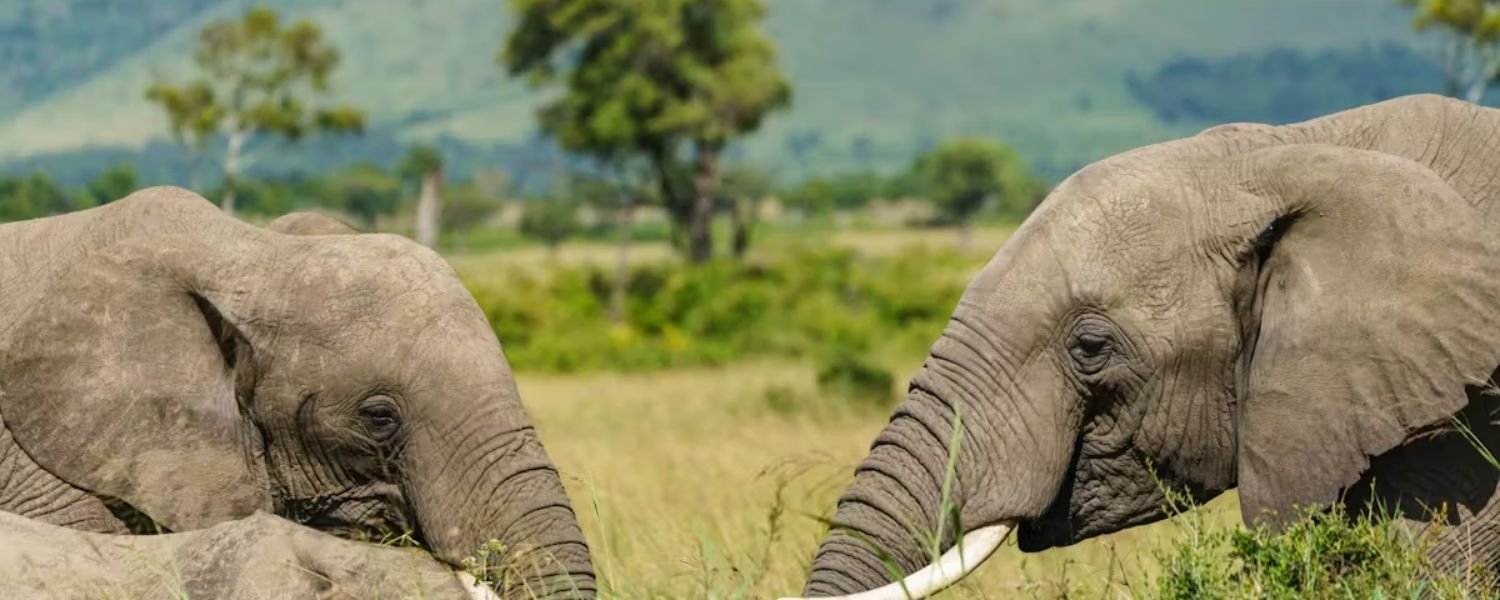
Wildlife safaris are another exciting way to explore Eravikulam National Park. These guided tours, therefore, allow visitors to delve deeper into the park’s core areas, where they can observe wildlife in their natural habitats. Moreover, the safaris are conducted to minimize disturbance to the animals, offering a respectful and ethical way to experience the park’s rich biodiversity. Whether spotting a herd of Nilgiri Tahrs grazing on a distant slope or catching a fleeting glimpse of a leopard, these safaris provide unforgettable wildlife encounters.
Best Time to Visit Eravikulam National Park
Eravikulam National Park is open throughout the year, but the best time to visit is from September to March. During this period, the weather is more relaxed and suitable for outdoor pursuits like hiking and wildlife viewing. The park is lovely in these months, with lush green landscapes and more frequent wildlife sightings. Although the park remains open during the monsoon season (June to August), the heavy rains can make trekking and wildlife spotting more challenging, albeit with the reward of seeing the park at its greenest.
Conservation Efforts: Protecting a Natural Heritage
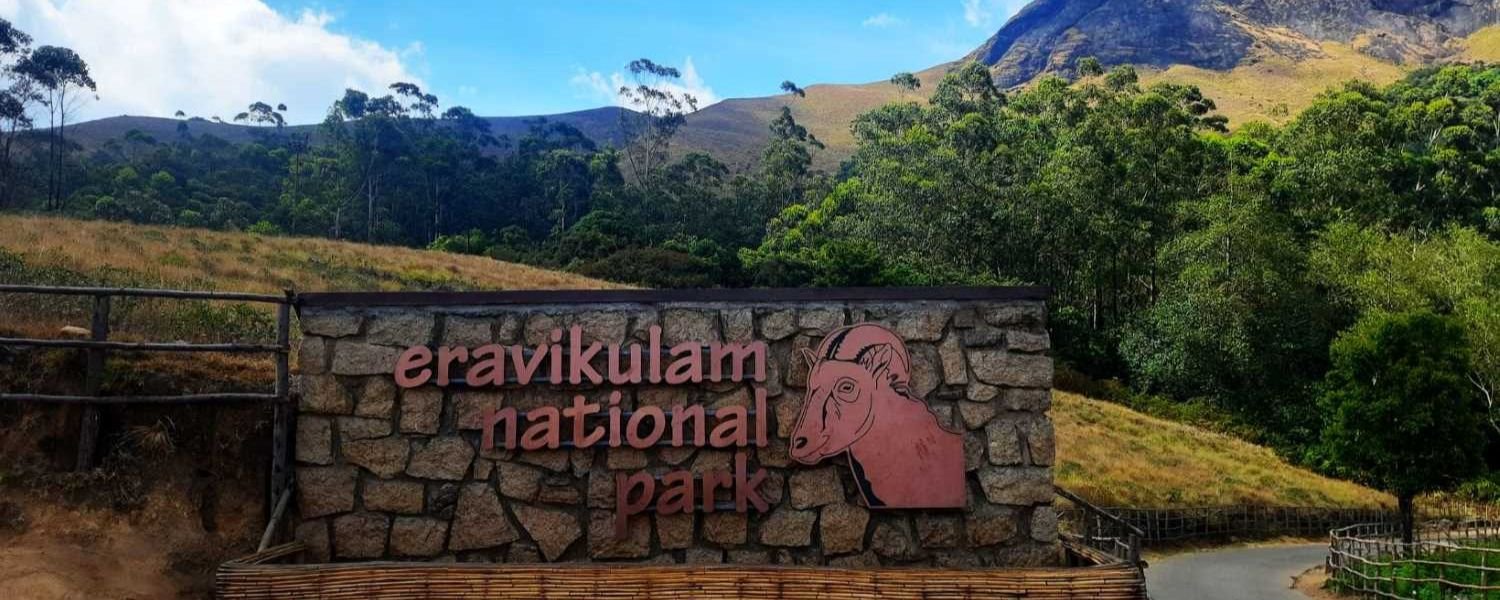
Sustainable Tourism: Balancing Conservation with Recreation
Eravikulam National Park is a shining example of how to use sustainable tourism in a vulnerable ecosystem. The park authorities have, therefore, put in place strict regulations to ensure that the natural environment remains undisturbed by human activities.
These include limiting the number of daily visitors, restricting access to certain sensitive areas, and conducting regular environmental monitoring. As a result, such measures ensure that the park’s ecosystems remain intact, ultimately allowing future generations to enjoy its beauty and biodiversity.
Research and Education: Promoting Conservation Awareness
The park is also a hub for research and educational activities promoting conservation awareness. Various programs are conducted to engage visitors and local groups, thus helping them understand the importance of preserving the park’s unique biodiversity. These include guided nature walks, workshops, and educational tours that cater to all age groups. Moreover, through these efforts, Eravikulam National Park protects its wildlife and educates the public on the importance of conservation.
Planning your visit to Eravikulam National Park
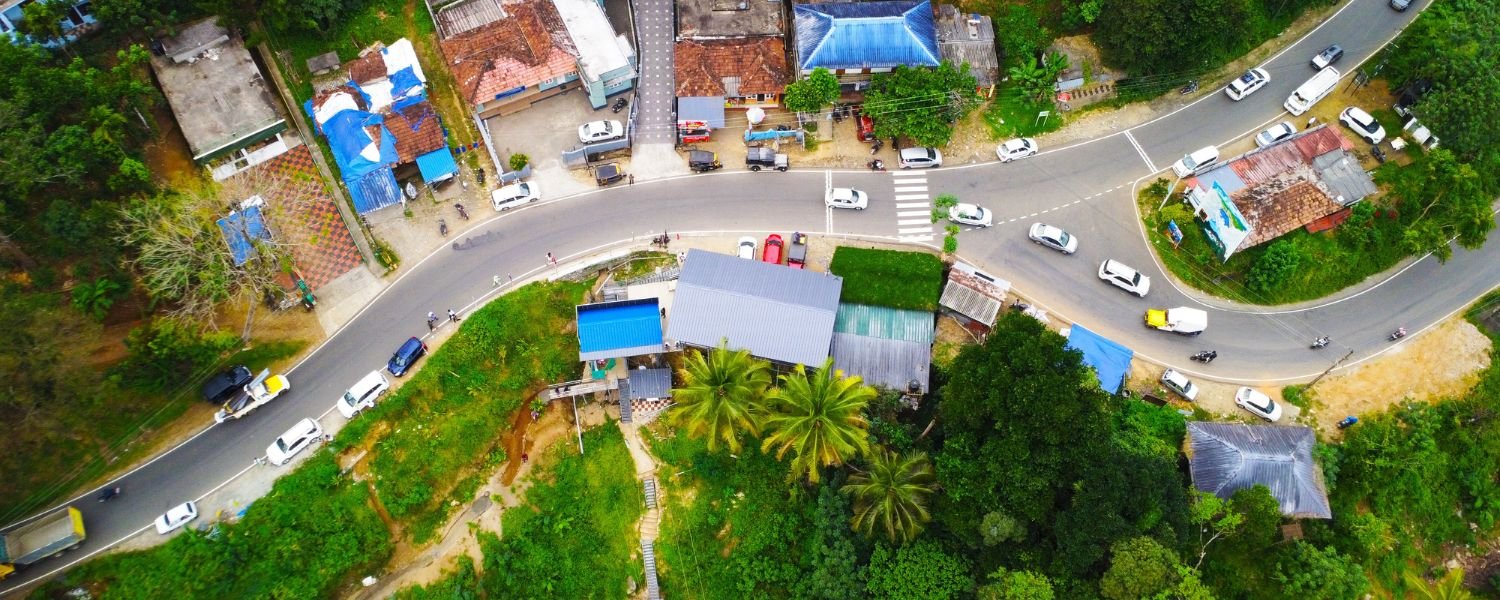
Getting There
Eravikulam National Park is approximately 15 kilometers from Munnar, a picturesque hill station in Kerala. Among the various airports in Kerala, the nearest is Cochin International Airport, around 130 kilometers away. Tourists can easily reach the park by taxi or bus from Munnar. The journey itself is scenic, offering beautiful views of the Western Ghats and tea plantations along the way.
Accommodation: Where to Stay
However, Munnar offers a wide range of accommodation options, making it the ideal base for visitors to Eravikulam National Park. Whether you’re looking for budget-friendly guesthouses, mid-range hotels, or luxurious resorts, Munnar has something for everyone. For those who wish to stay closer to nature, eco-friendly lodges and homestays are available, offering a more intimate experience of the region’s natural beauty.
Visitor Tips for a Memorable Experience
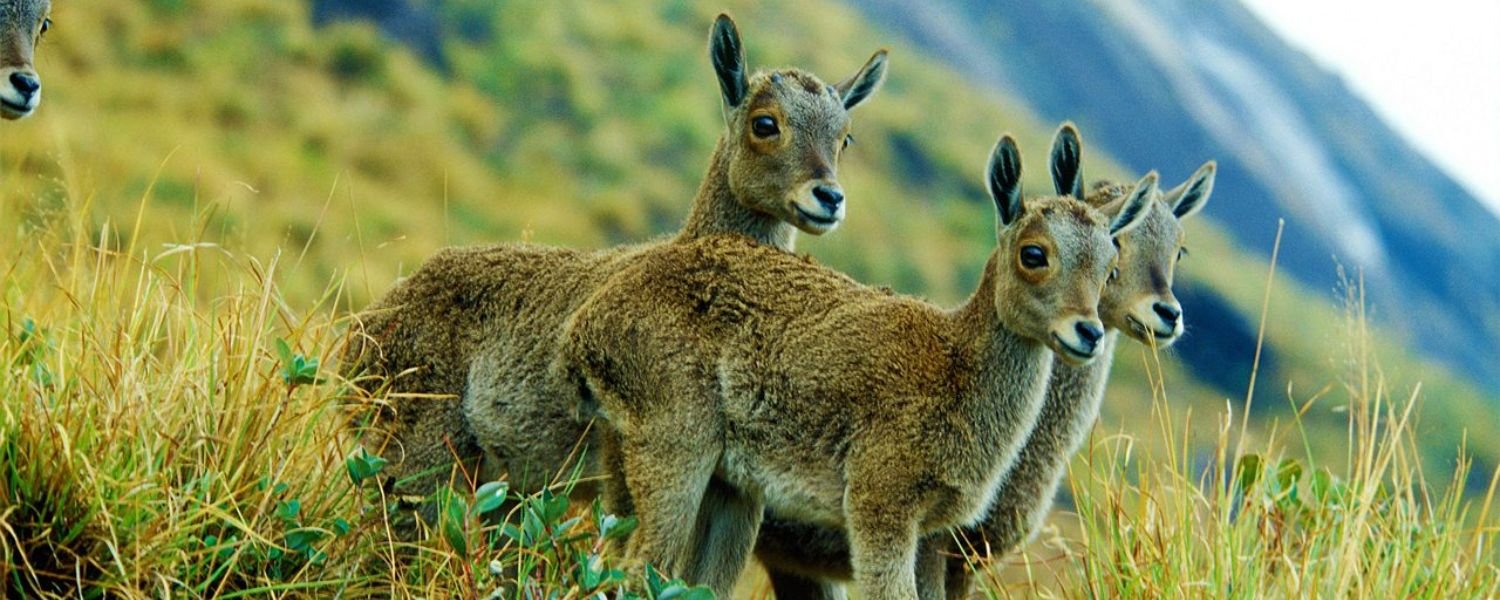
Advance Booking: Due to the park’s popularity and limited visitor capacity, it is advisable to book your Eravikulam National Park tickets in advance, especially during peak seasons.
Comfortable Clothing: The rugged terrain in the park makes it important to wear sturdy shoes and comfortable clothing for trekking.
Wildlife Etiquette: Always maintain a safe distance from wildlife, avoid feeding the animals, and follow all park rules to guarantee a secure and respectful experience.
Essentials: Bring water, snacks, and a first aid kit. Wildlife spotting and photography greatly benefit from using a pair of binoculars and a camera.
Conclusion
Eravikulam National Park, a UNESCO World Heritage Site, offers an extraordinary blend of adventure, natural beauty, and conservation. Whether captivated by the sight of the endangered Nilgiri Tahr, thrilled by the challenge of trekking to Anamudi Peak, or simply looking to reconnect with nature, the park provides a unique experience that will leave you with lasting memories. As you plan your visit, remember to respect the park’s guidelines and, in doing so, contribute to preserving this natural treasure, thereby ensuring that it continues to thrive for generations.”
